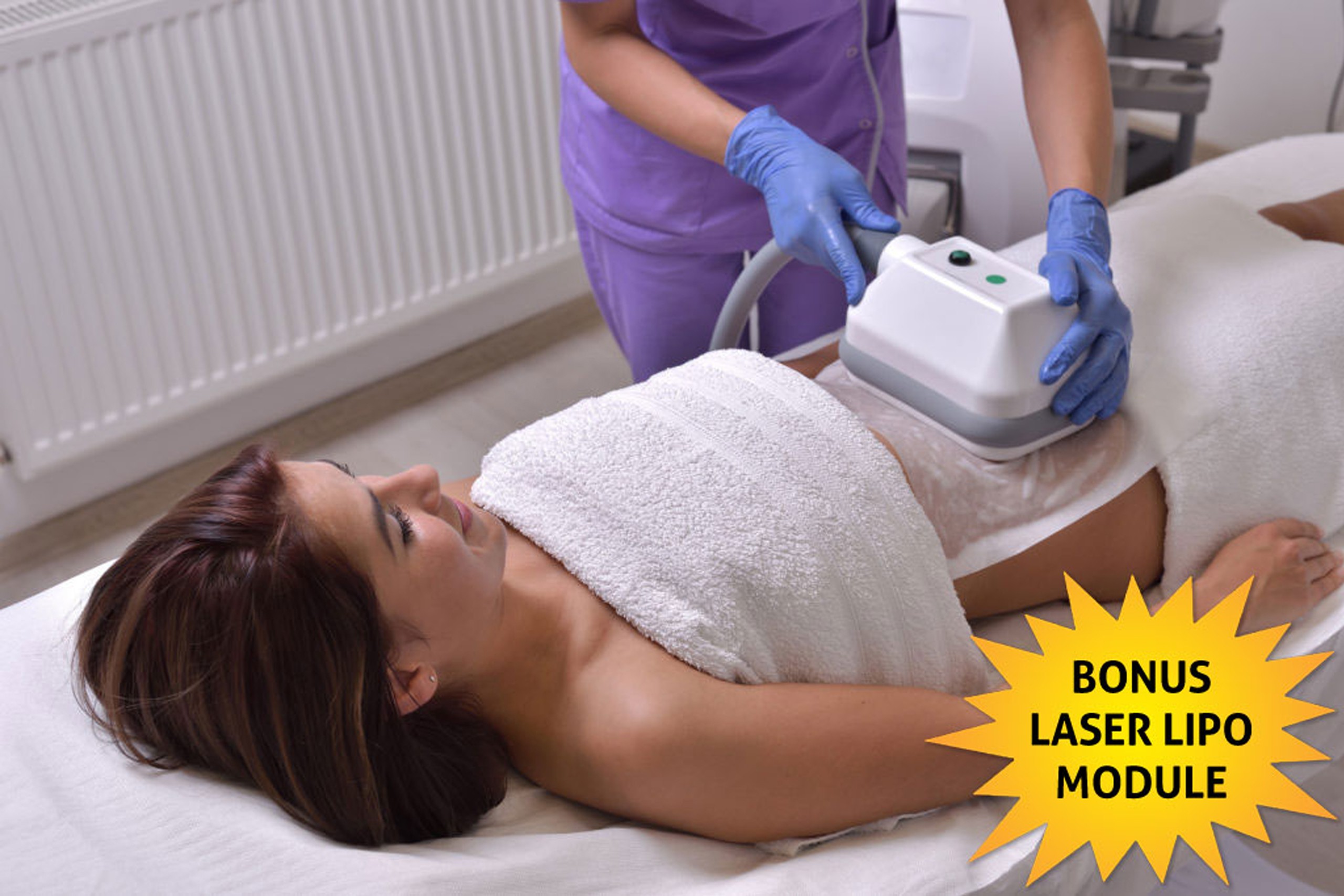This guide will help you understand the basics of phototherapy and how to use it for a better clinical practice.
LED light therapy is becoming increasingly popular due to its ability to address various skin conditions and promote natural healing. Our guide below will help you decide if LED treatments are right for your clients, so let’s get started!
LED Light Therapy is fast becoming an integral component of any successful practice due to its efficiency and natural immune-boosting ability. From the way it can treat a variety of different skin issues such as acne or rosacea, all the way down more serious concerns like hyperpigmentation that result from aging; in our article we’ll outline some ways on how this treatment may benefit your patients depending on their needs. Now, are you ready? Here’s a quick look at what makes up LED:
What exactly is LED Light Therapy?
LED Light Therapy is a treatment method that uses wavelengths at different depths to prompt the skin’s natural healing process. This non-UV light therapy doesn’t use any ultraviolet (UV) lights and instead, it utilizes safe LED lights in various colors like blue, red, and green.
So how do the lights work? There are two different ways that light therapy can be used to treat acne. One way is through a chemical reaction in which chemicals, such as porphyrins and photosensitive drugs like 5-ALA, combine with LED lights to either kill or stop bacteria from growing on skin cells known as keratinocytes where pimples develop. The other application of this treatment involves using red and blue light together called broad spectrum phototherapy (BSP), which allows for more effective penetration into the epidermis at lower doses than BSP alone would allow without irritation being present. Broad Spectrum Phototherapy works by targeting specific molecules within skin cell structures shown via imaging techniques following irradiation with wavelengths ranging from 400–500 nm;
The effects of microdermabrasion can take time to show, with sessions often needed every two weeks before optimal results are seen.
Several sessions are usually needed before optimal results can be seen, so it is important that the process begins a couple weeks prior until three or four treatments have been completed in order for people to notice more youthful looking skin and a reduction in fine lines and wrinkles.
What Are the Risks and Advantages?
LED Light Therapy can be used to treat various skin disorders, including:
- Rosacea
- Eczema
- Psoriasis
- “Dermatitis” is misspelled. “Dermatitis” should not have quotation marks around it because dermatitis is one word and does not refer to a specific condition but rather the general term for different types of rashes on your skin. The sentence would read better if you removed the first instance of “dermato-” from this list so that there are no quotes surrounding it -Skin cancer/scars/damage caused by sun exposure/”signs of aging” (this phrase could just go in place before acne) or wrinkles
This treatment is safe for all skin types and colors. So no matter who you are, using this method will yield positive results!
Before consenting to a chemical peel, the client needs to be aware of what could potentially happen. It is possible that they will experience inflammation, rashes or tenderness in their skin. Although side effects are unlikely and don’t occur often with clients who have sensitive skin; it’s important for them not only know about this but also understand how likely these reactions are so there aren’t any surprises along the way when receiving treatments like peels!
How To Use LED Light Therapy
When using LED Light Therapy, clients should be comfortable and lying down. Make sure they are wearing protective eyewear to their face as well!
In order for someone to feel at ease while receiving this treatment, it is important that the client remains laying in a relaxed position on a bed or some other flat surface where comfort can easily be achieved. In addition, we would also recommend placing eyewear over your eyes before beginning therapy; especially with light-emitting devices like LEDs because of how powerful these lights are and how much impact one’s vision could have during treatments if not properly covered up!
Use LED Light Therapy in Your Clinical Practice
With LED Light Therapy, it only takes about 15-20 minutes to treat various skin disorders. Through wavelengths at different depths and cellular repair stimulation, this technology helps rejuvenate skin by releasing toxins from cells. Most clients see results in two to three weeks!
LED light therapy is a safe and effective way of treating various types of dermatological conditions with the use of specific wavelengths for different parts on your body which will stimulate cellular repair while also helping you release any built up toxins inside your cell walls – all leading to healthy looking younger more beautiful skin after just 2-3 short weeks!
LED light therapy is a revolutionary new treatment for anti-aging, acne scarring and dermatological concerns. Get started on your future as an LED Light Therapy practitioner today!

Fat Freezing Training Courses
Learn how to perform fat freezing safely and effectively with our step by step training.

Fat Cavitation Training Courses
Help your clients reduce cellulite and melt fat and watch word of mouth spread like wildfire.

RF Skin Tightening Training Courses
Learn how to provide non-surgical face-lifts and skin tightening treatments in your clinic.
